Table of Contents
ToggleIntroduction
A Brief Overview
City, nestled in the heart of India, is a gem that has fascinated historians, artists, and travelers for centuries. Known for its stunning group of temples adorned with intricate carvings, Khajuraho blends spirituality, history, and art in a unique tapestry. The temples, built between the 9th and 11th centuries by the Chandela dynasty, stand as a testament to India’s rich cultural heritage.
Historical Significance
The historical significance of Khajuraho extends beyond its architectural marvels. The city was once a thriving cultural and religious hub, where art and spirituality coexist harmoniously. The temples reflect the time’s social, political, and spiritual life, providing a glimpse into the Chandela dynasty’s reign and the artistic expressions that flourished under their patronage. The temples of Khajuraho City are a major attraction for art lovers and historians alike.
Why Khajuraho is a Must-Visit Destination
Khajuraho is a must-visit destination for travelers seeking a blend of history, culture, and art. The city’s temples, recognized as a UNESCO World Heritage Site, are not just architectural wonders but also serve as a window into India’s past. The intricate carvings, some of which depict erotic scenes, are often misunderstood, yet they symbolize the unity of the spiritual and the sensual—a concept deeply rooted in Indian philosophy.
The Origins of Khajuraho
Founding and Early History
Khajuraho’s origins can be traced back to the 9th century when it was established by the Chandela rulers. The city was strategically located and became an important center for culture and religion. The Chandelas, who were known for their patronage of the arts, initiated the construction of the temples that would later make Khajuraho famous.
The Role of the Chandela Dynasty
The temples of Khajuraho City were built between 950 and 1050 AD by the Chandela dynasty. It played a crucial role in shaping Khajuraho’s identity. They commissioned the construction of 85 temples, of which only 25 have survived the ravages of time. These temples are a blend of Hindu and Jain architectural styles, reflecting the pluralistic society that thrived under Chandela rule.
Architectural Evolution
The architectural evolution of Khajuraho’s temples is a fascinating study in itself. The early temples were simple in design, but as time progressed, they became more elaborate, with intricate carvings and complex layouts. The temples were constructed using sandstone, and the precision of the carvings is a testament to the skill of the artisans of that era. The rich history of Khajuraho City is preserved in its museums and archaeological sites.
The Khajuraho Group of Monuments
A UNESCO World Heritage Site
In 1986, the Khajuraho Group of Monuments was designated a UNESCO World Heritage Site, cementing its status as one of the most important cultural landmarks in India. This recognition has helped preserve the temples and brought global attention to their historical and artistic significance.
Temples and Their Intricate Carvings
The temples of Khajuraho are renowned for their intricate carvings, which cover almost every inch of the structures. These carvings depict a wide range of subjects, from everyday life to divine beings, and from animals to mythical creatures. The most famous of these are the erotic carvings, which have sparked both curiosity and controversy over the years.
Symbolism and Artistic Brilliance
The carvings on the Khajuraho temples are not just decorative; they are imbued with deep symbolism. The erotic sculptures, for example, are often interpreted as metaphors for the union of the soul with the divine. The temples themselves are designed to represent the cosmos, with their towering spires symbolizing the ascent to heaven. Exploring the temples of Khajuraho City offers a unique glimpse into medieval Indian art and architecture.
Exploring the Western Group of Temples
Kandariya Mahadeva Temple
The Kandariya Mahadeva Temple is the largest and most ornate of the Khajuraho temples. Dedicated to Lord Shiva, it is a masterpiece of medieval Indian architecture. The temple is adorned with over 800 sculptures, each meticulously carved to convey a sense of movement and life.
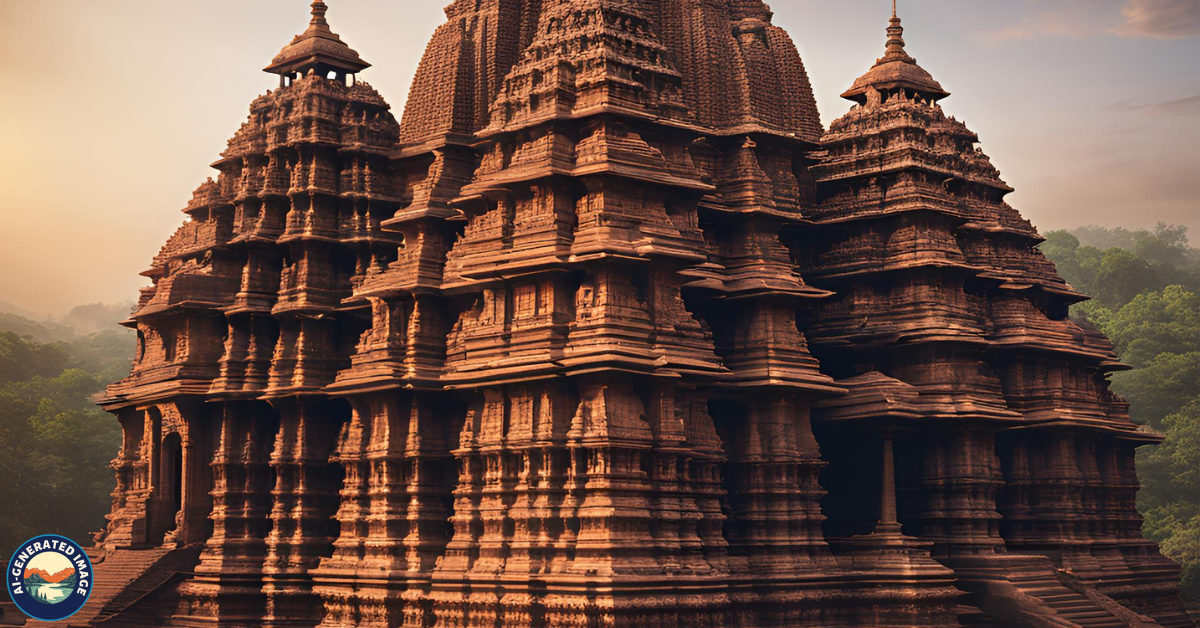
Lakshmana Temple
The Lakshmana Temple is another prominent temple in the Western Group. It is dedicated to Lord Vishnu and is known for its symmetrical design and detailed carvings. The temple’s sanctum houses a statue of Vishnu in his three-headed form, flanked by sculptures of other deities.
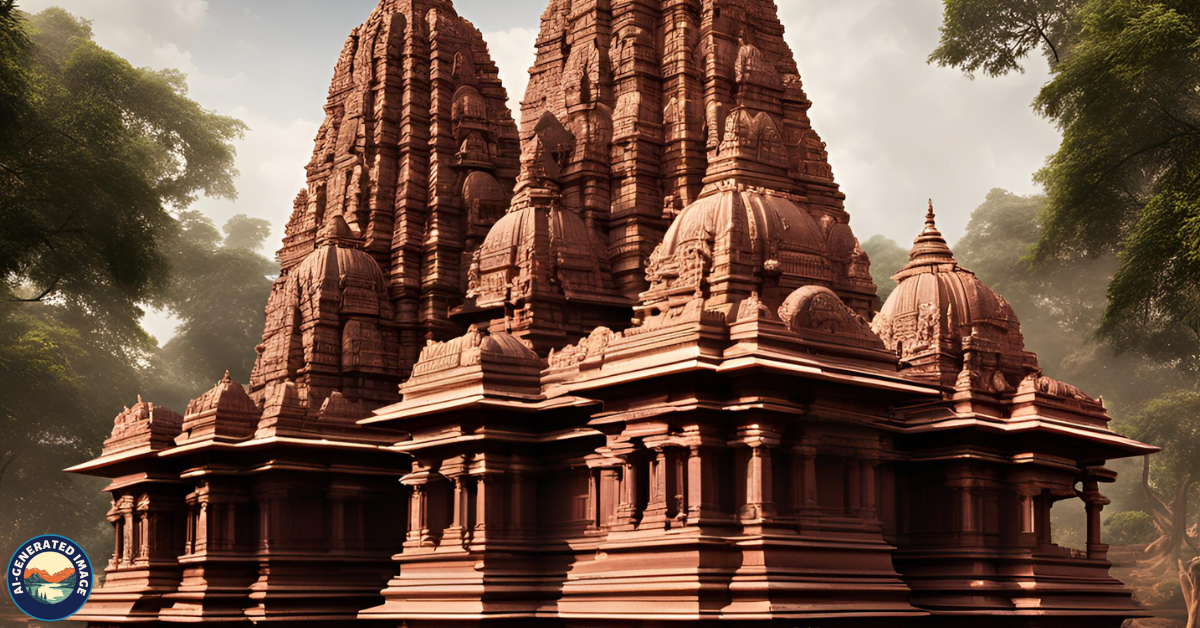
Devi Jagdamba Temple
The Devi Jagdamba Temple is smaller but no less impressive. Dedicated to the goddess Jagdamba, this temple is known for its finely detailed erotic sculptures. The temple is often referred to as a temple of love due to the prominence of these carvings. The Western Group of Temples in Khajuraho City is the most popular among tourists.
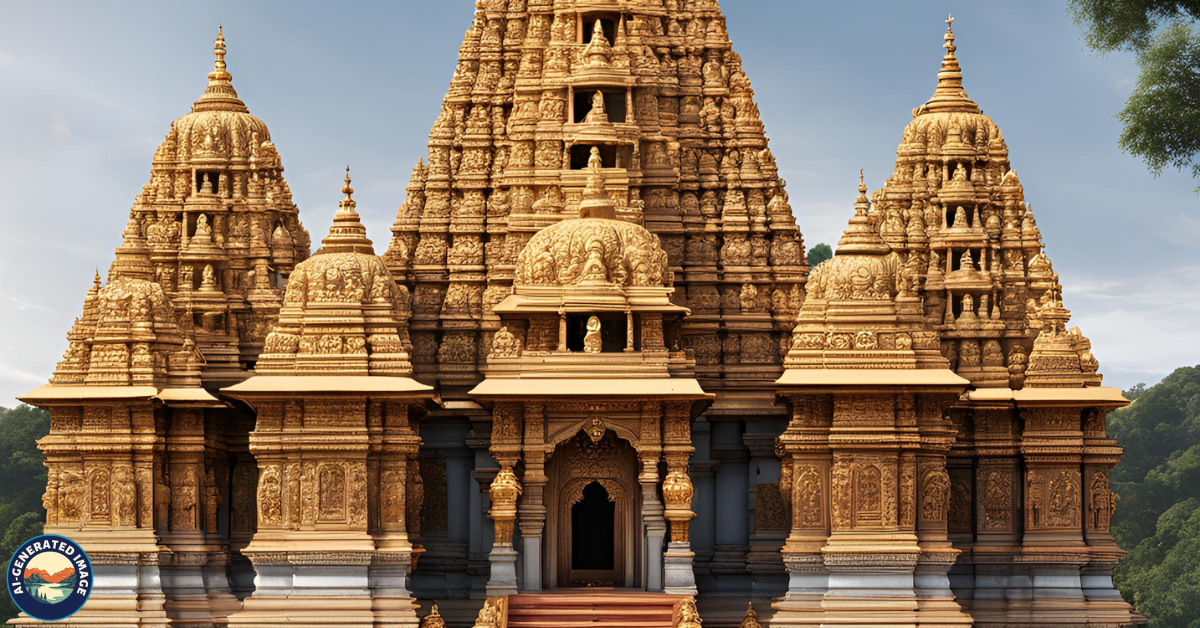
The Eastern and Southern Group of Temples
Chaturbhuj Temple
The Chaturbhuj Temple, located in the Southern Group, is unique in that it has no erotic carvings. Instead, it is known for its impressive 9-foot-tall statue of Vishnu, which dominates the sanctum. The temple’s simple yet powerful design makes it a must-see for visitors.
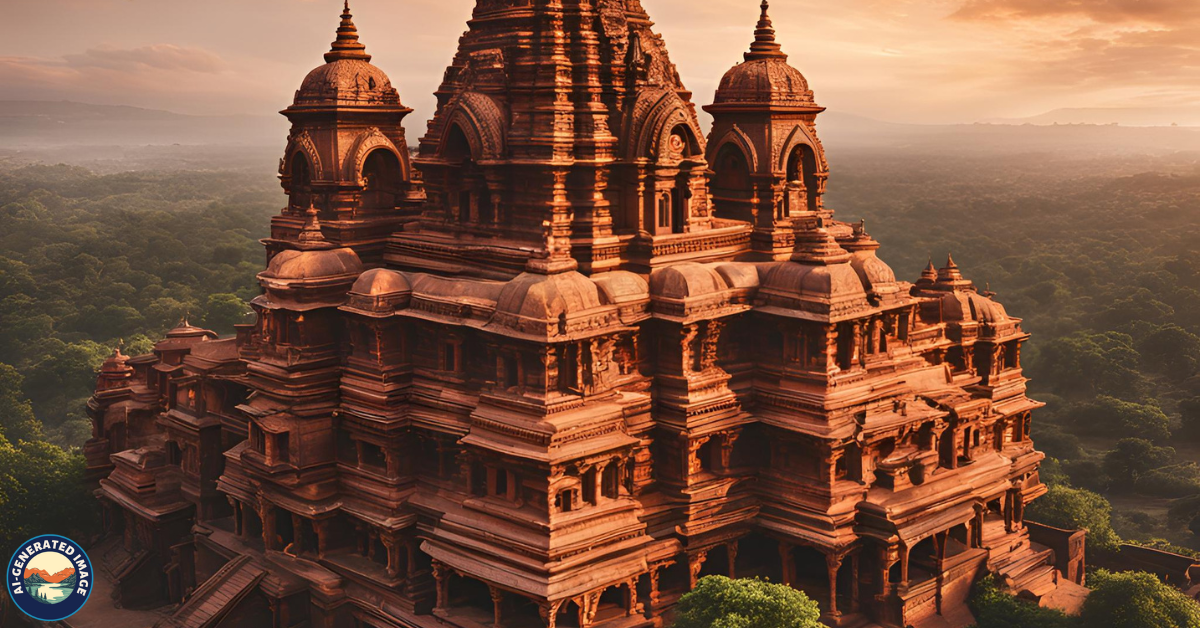
Parsvanath Temple
The Parsvanath Temple is the largest of the Jain temples in the Eastern Group. It is dedicated to the Jain Tirthankara Parsvanath and is known for its exquisite sculptures depicting scenes from daily life as well as figures of celestial beings.
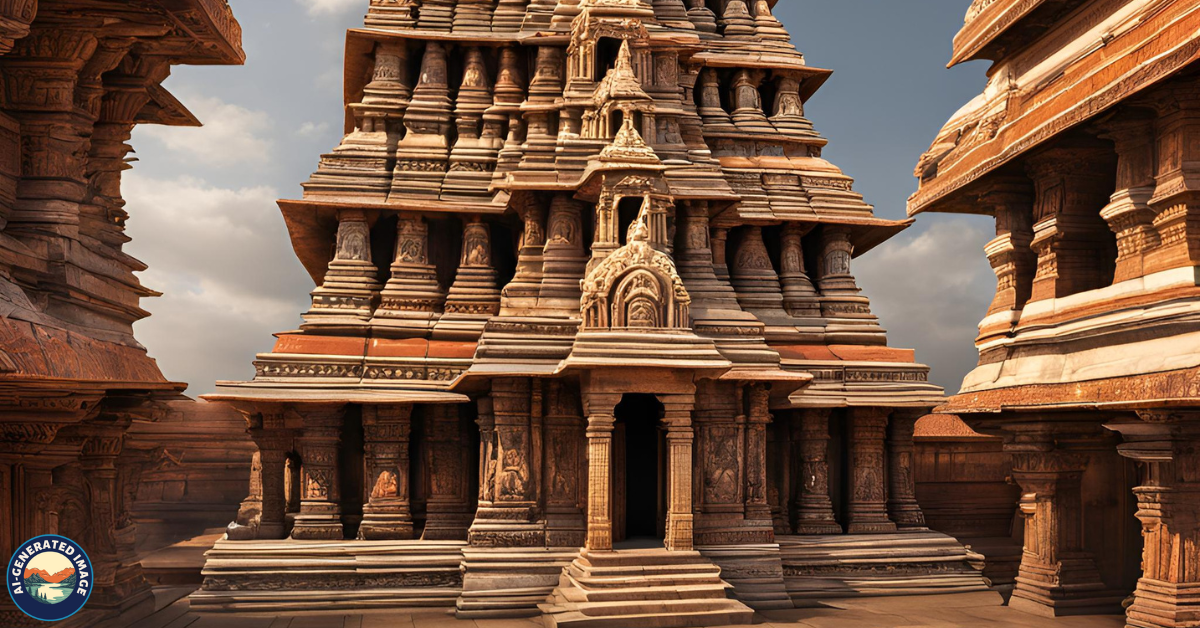
Dulhadev Temple
The Dulhadev Temple, also part of the Southern Group, is the last of the temples to be built in Khajuraho. Dedicated to Lord Shiva, it features intricate carvings of apsaras (celestial dancers) and other deities. The temple’s smaller size does not detract from its artistic beauty. Khajuraho City is a perfect destination for photographers, offering picturesque temple landscapes.
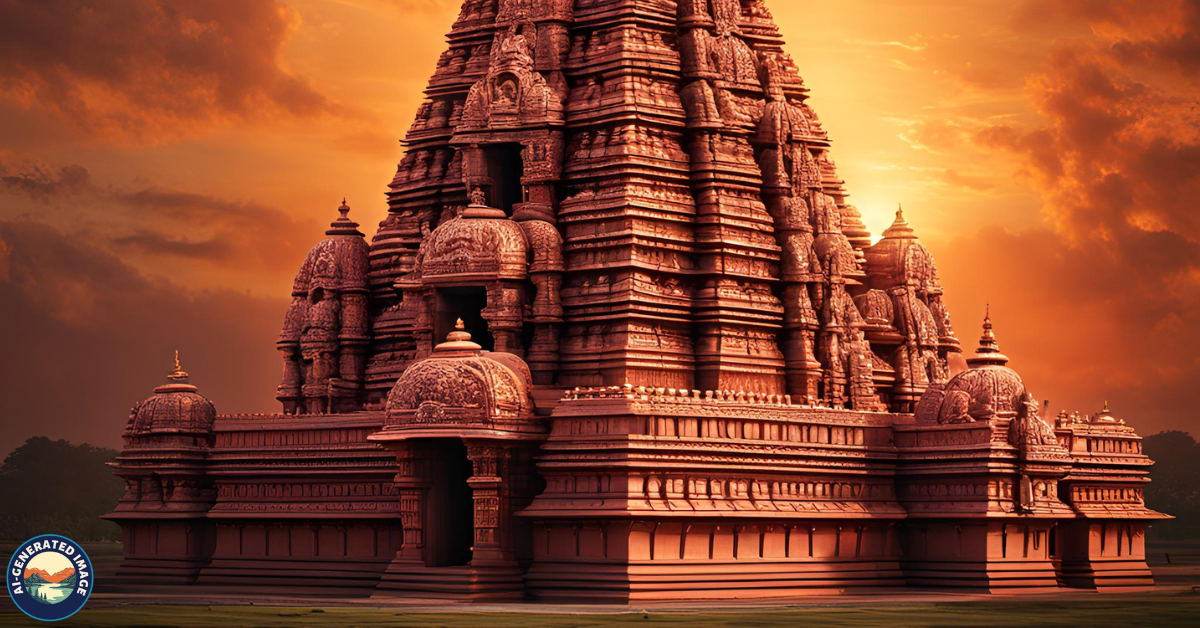
Exploring Beyond the Temples
Panna National Park
Khajuraho City is not just about temples; nearby Panna National Park offers a wildlife adventure. Located just a short drive from Khajuraho, Panna National Park is a haven for wildlife enthusiasts. The park is home to tigers, leopards, and various species of deer and birds. A safari through the park offers a chance to witness these animals in their natural habitat.
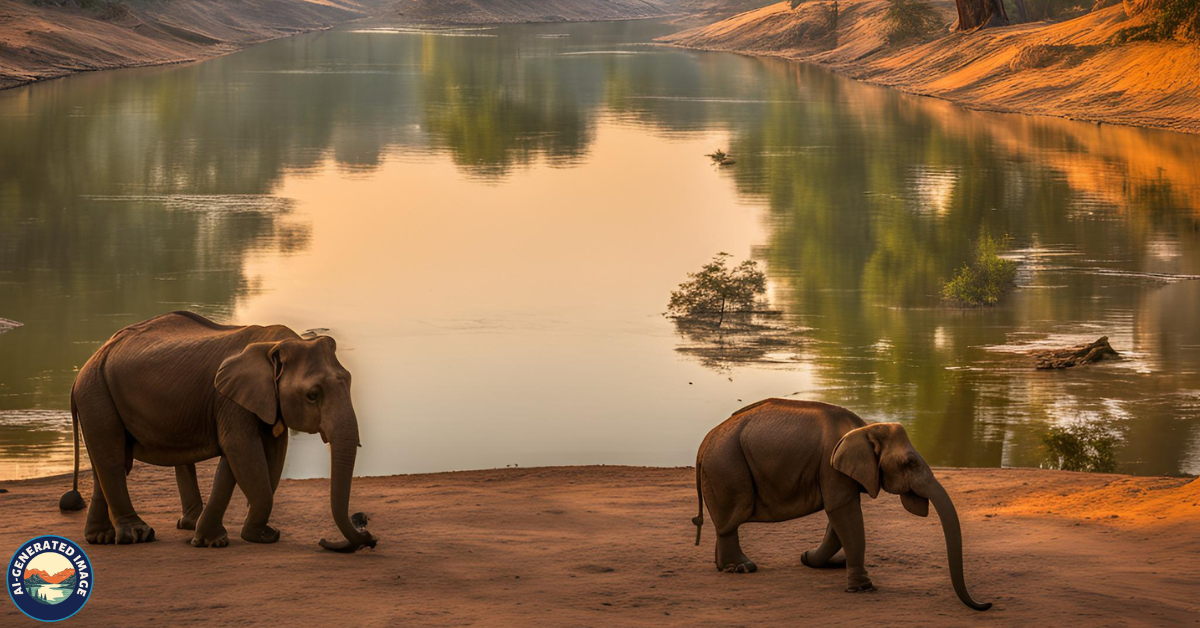
Raneh Falls and Ken Gharial Sanctuary
Raneh Falls, located near the Ken River, is a stunning natural attraction with a series of waterfalls cascading over rocky terrain. Nearby, the Ken Gharial Sanctuary is a must-visit for those interested in spotting the endangered Gharial crocodiles.
Raneh Falls
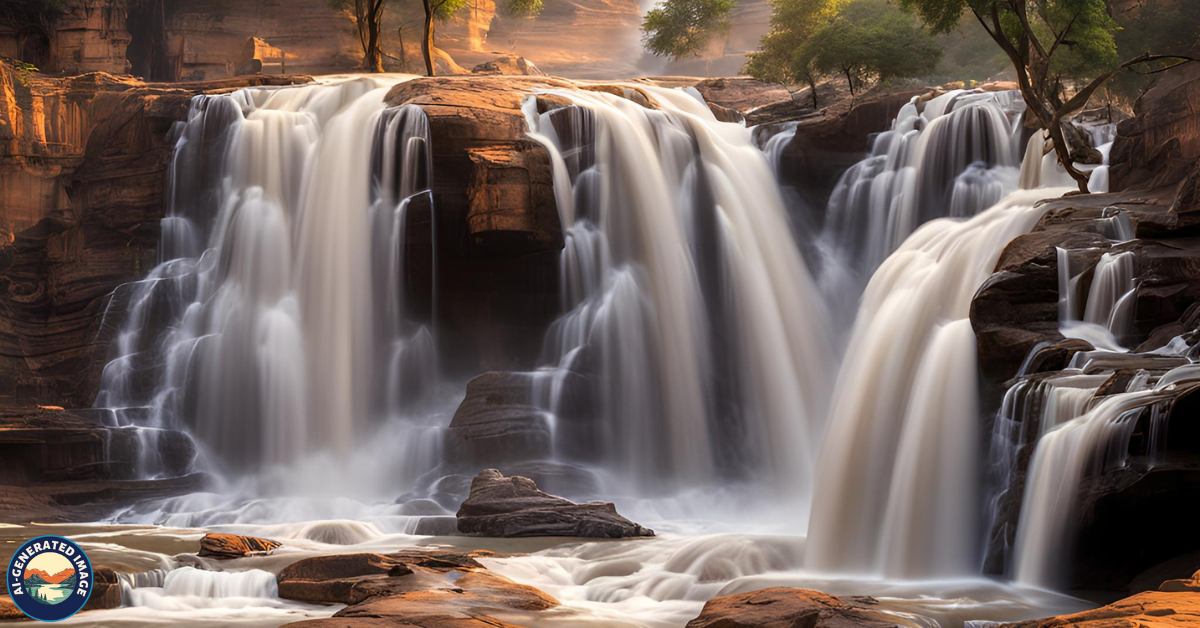
Ken Gharial Sanctuary
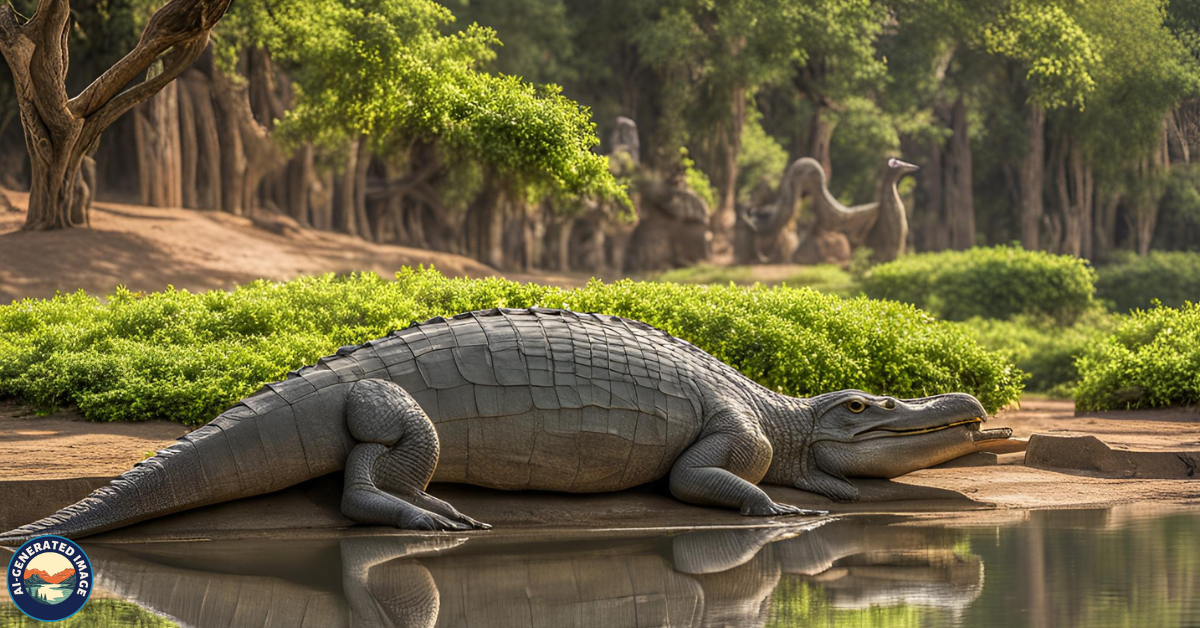
Ahar Archaeological Site
The Ahar Archaeological Site, located near Khajuraho, is an ancient site that dates back to the 10th century. The site is known for its well-preserved structures, including temples and residential buildings, offering a glimpse into the life of the people who lived there.
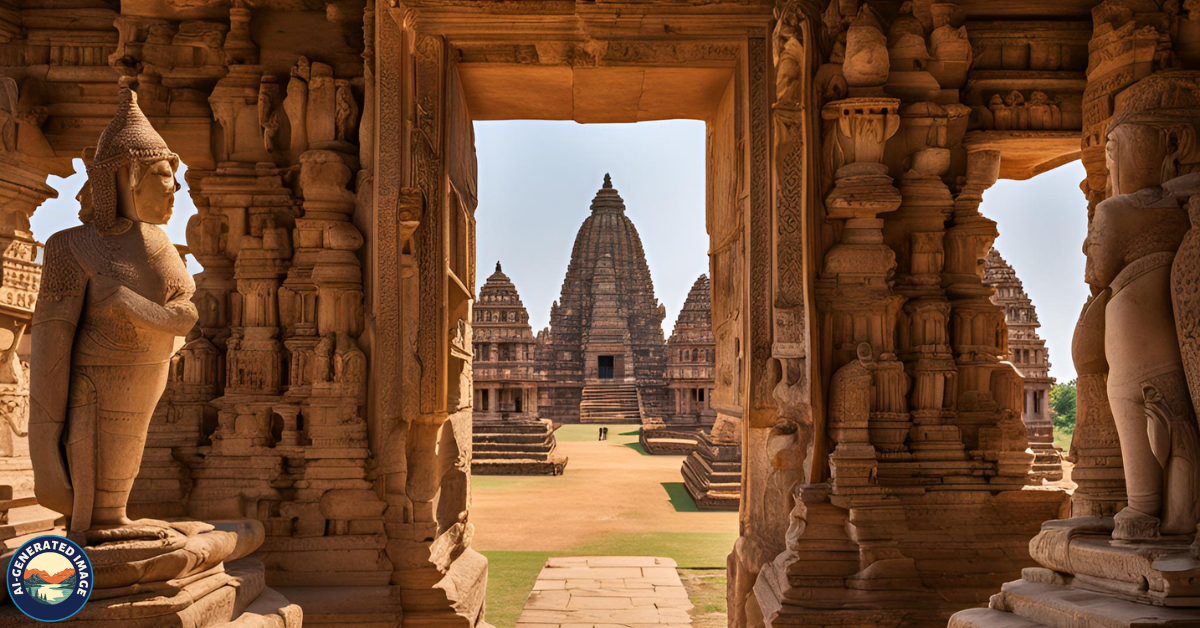
Cultural Significance
The Depiction of Eroticism and Spirituality
The erotic sculptures of Khajuraho are often the first thing that comes to mind when the city is mentioned. However, these sculptures are not just about physical love; they are deeply symbolic, representing the fusion of human and divine love. The temples of Khajuraho reflect the belief that the spiritual and the sensual are not separate but are aspects of the same reality.
Festivals and Celebrations
Khajuraho is not just about its temples; it is also a vibrant cultural hub where festivals and celebrations play a significant role. The most famous of these is the Khajuraho Dance Festival, which attracts performers and spectators from around the world. Other local festivals, such as Diwali and Holi, are celebrated with great enthusiasm.
Influence on Modern Art and Culture
Khajuraho’s influence extends beyond its historical boundaries. The themes and motifs found in the temples have inspired modern artists and have found expression in various forms of contemporary art, including dance, painting, and literature. Khajuraho City is a UNESCO World Heritage site, recognized for its outstanding cultural significance.
Dance Festival
An Annual Cultural Extravaganza
The Khajuraho Dance Festival is one of the most anticipated cultural events in India. Held every year in February or March, this week-long festival showcases classical dance forms from across India. The event is set against the backdrop of the illuminated temples, creating a magical atmosphere. Visiting Khajuraho City during the annual dance festival is a cultural experience like no other.
Traditional Dance Forms Showcased
The festival is a celebration of India’s rich cultural heritage, with performances of classical dance forms such as Kathak, Bharatanatyam, Odissi, and Kuchipudi. The dancers, dressed in traditional attire, bring the stories and legends of Indian mythology to life through their movements.
International Recognition
Over the years, the Khajuraho Dance Festival has gained international recognition, attracting not just Indian performers but also artists from around the world. The festival has become a symbol of India’s cultural diplomacy, promoting the country’s artistic traditions on a global stage.
Shopping and Souvenirs
Handicrafts and Artifacts
Khajuraho is a great place to shop for traditional handicrafts and artifacts. The local markets are filled with items like stone carvings, brassware, and textiles that make for unique souvenirs. Shopping for handicrafts in Khajuraho City is a delightful experience for visitors.
Where to Shop
Some popular shopping spots in Khajuraho include the Shilpgram and the Rajnagar Market. These places offer a variety of goods at reasonable prices and are perfect for picking up gifts for friends and family.
Unique Souvenirs to Take Home
In addition to traditional handicrafts, Khajuraho is also known for its miniature replicas of the temples, which make for great souvenirs. Other popular items include handwoven fabrics, jewelry, and religious idols.
Local Cuisine and Dining Experiences
Traditional Dishes to Try
Khajuraho offers a variety of traditional dishes that reflect the flavors of Madhya Pradesh. Some must-try dishes include Bhutte ka Kees (grated corn cooked with spices), Poha (flattened rice cooked with onions and mustard seeds), and Malpua (sweet pancakes).
Popular Restaurants and Eateries
There are several restaurants and eateries in Khajuraho where you can savor local cuisine. From fine dining establishments to street food stalls, the city offers a range of options to suit every palate. Some popular spots include Raja Café, Mediterraneo, and Zorba the Buddha.
Street Food Delights
For a more casual dining experience, explore the street food scene in Khajuraho. The local markets are filled with stalls offering snacks like Samosas, Jalebis, and Aloo Tikki. These treats are not only delicious but also give you a taste of the local culture.
Accommodation
Luxury Hotels and Resorts
Khajuraho offers a range of accommodation options to suit different budgets and preferences. For those seeking luxury, several high-end hotels and resorts provide world-class amenities and services. These properties often offer guided tours, spa treatments, and fine dining experiences, making your stay in Khajuraho a memorable one. Staying in a heritage hotel in Khajuraho City adds to the charm of your visit.
Budget-Friendly Options
For travelers on a budget, Khajuraho has plenty of affordable options, including guesthouses, lodges, and budget hotels. These accommodations provide basic amenities and are often located near the main attractions, making it convenient for tourists.
Homestays and Cultural Immersion
For a truly genuine experience, try staying at a homestay. These accommodations allow you to live with local families, giving you a chance to experience the culture and traditions of Khajuraho firsthand. Homestays often include home-cooked meals and personalized tours of the city.
Best Time to Visit
Seasonal Highlights
Khajuraho experiences a tropical climate, with hot summers, mild winters, and a monsoon season. The best time to visit is during the winter months, from October to March, when the weather is pleasant and the skies are clear. This period also coincides with the Khajuraho Dance Festival, making it an ideal time for cultural enthusiasts.
Climate and Weather Considerations
The summer months (April to June) can be extremely hot, with temperatures soaring above 40°C (104°F). The monsoon season (July to September) brings heavy rainfall, which can make sightseeing difficult. Therefore, the winter season is the most favorable for exploring the temples and other attractions.
Events and Activities to Enjoy
Apart from the Khajuraho Dance Festival, other events and activities can be enjoyed during the winter season. Guided tours of the temples, light and sound shows, and visits to nearby attractions such as Panna National Park are popular among tourists.
How to Reach
By Air
Khajuraho has its airport, with regular flights connecting it to major cities like Delhi, Varanasi, and Mumbai. The airport is located just 5 kilometers from the city center, making it a convenient option for travelers.
By Rail
Khajuraho is also accessible by train, with the Khajuraho Railway Station being well-connected to cities like Delhi, Agra, and Varanasi. The train ride provides picturesque views of the Indian countryside and is a favored option for budget-conscious travelers.
By Road
For those who prefer road travel, Khajuraho is well-connected by a network of highways. Regular bus services operate from nearby cities, and taxis and rental cars are also available for hire. A road trip to Khajuraho offers the flexibility to explore nearby attractions at your own pace.
Khajuraho’s Role in Indian Tourism
A Major Tourist Attraction
Khajuraho is one of the most visited tourist destinations in India, attracting visitors from around the world. The city’s unique blend of history, art, and culture makes it a must-see for anyone interested in exploring India’s rich heritage. Khajuraho City plays a significant role in promoting India’s cultural tourism.
Contribution to the Local Economy
Tourism plays a significant role in Khajuraho’s economy, providing employment opportunities and supporting local businesses. The influx of tourists has also led to the development of infrastructure and amenities, making the city more accessible to visitors.
Preservation Efforts and Challenges
While tourism has brought economic benefits to Khajuraho, it has also posed challenges to the preservation of the temples. Efforts are being made to protect these ancient structures from the effects of pollution and weathering, but much work remains to be done.
Conclusion
Recap of Khajuraho’s Timeless Appeal
Khajuraho is a city that captivates the imagination with its timeless beauty and rich history. From the stunning temples to the vibrant cultural scene, there is something for everyone in this enigmatic city.
Why Khajuraho Should Be on Your Travel List
Whether you are a history buff, an art lover, or a spiritual seeker, Khajuraho offers an experience like no other. Its unique blend of the sensual and the spiritual makes it a destination that should be on every traveler’s list.
Final Thoughts
Khajuraho is more than just a collection of temples; it is a living testament to India’s artistic and cultural legacy. A visit to Khajuraho is a journey through time, offering a glimpse into a world where art and spirituality coexist in perfect harmony. Khajuraho City attracts tourists from around the world, eager to explore its ancient temples.
FAQs
What is Khajuraho famous for?
Khajuraho is famous for its group of temples, renowned for their intricate carvings, especially the erotic sculptures that depict a blend of spirituality and sensuality.
How many temples are there in Khajuraho?
Originally, there were 85 temples in Khajuraho, but only 25 have survived to this day.
Is Khajuraho safe for solo travelers?
Yes, Khajuraho is generally safe for solo travelers. However, like any travel destination, it’s important to stay vigilant and follow common safety precautions.
What is the best time to visit?
The best time to visit Khajuraho is during the winter months, from October to March, when the weather is pleasant, and the Khajuraho Dance Festival takes place.
Can Khajuraho be explored in one day?
While it’s possible to explore the main temples of Khajuraho in one day, spending more time allows for a deeper appreciation of the city’s history and culture.
